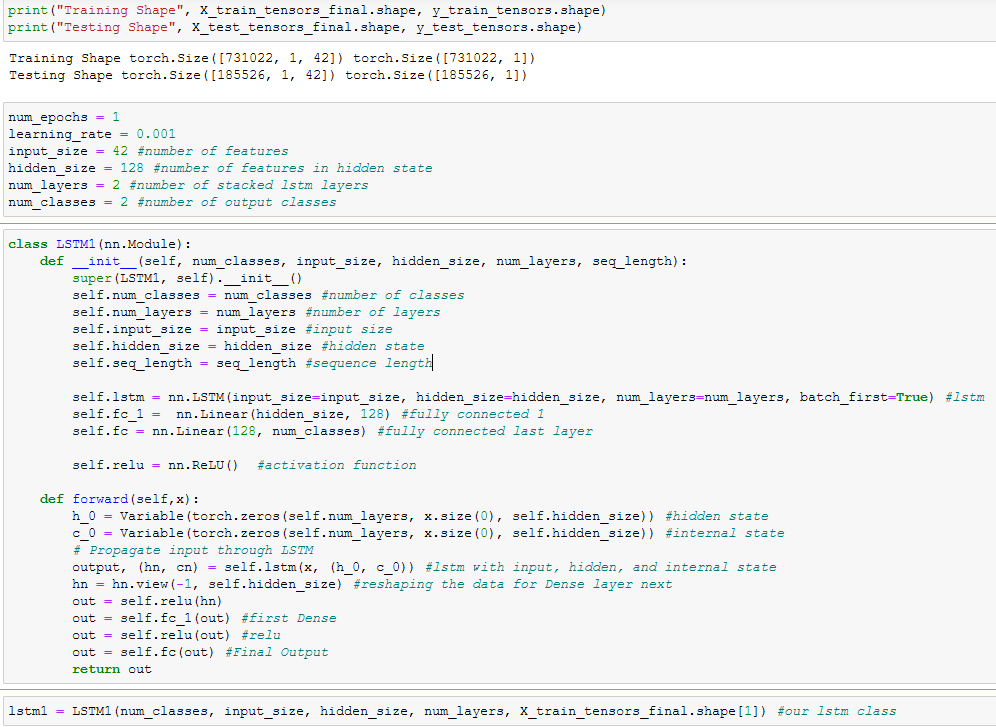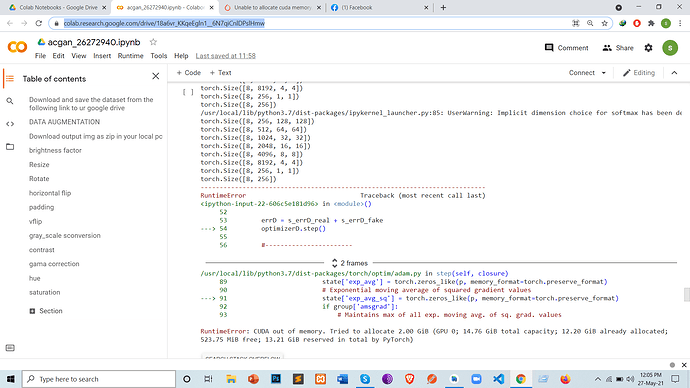# from __future__ import print_function
# #%matplotlib inline
# import argparse
import os
import PIL
from PIL import Image
# import glob
# import xml.etree.ElementTree as ET
import random
import torch
import torch.nn as nn
# import torch.nn.parallel
# import torch.backends.cudnn as cudnn
import torch.optim as optim
import torch.utils.data
import torchvision.datasets as dset
import torchvision.transforms as transforms
import torchvision.transforms.functional as tf
import torchvision.utils as vutils
import numpy as np
import matplotlib.pyplot as plt
# import matplotlib.animation as animation
# import seaborn as sns
# from IPython.display import HTML
from torchvision.utils import save_image
# from torch.optim.lr_scheduler import StepLR, ReduceLROnPlateau, CosineAnnealingLR
# from tqdm import tqdm_notebook as tqdm
# from IPython.display import clear_output
# from scipy.stats import truncnorm
%matplotlib inline
# plt.rcParams['image.interpolation'] = 'nearest'
dataloader = torch.utils.data.DataLoader(dataset, batch_size=batch_size,shuffle=True, num_workers=workers)
# Always good to check if gpu support available or not
# Decide which device we want to run on
device = torch.device("cuda:0" if (torch.cuda.is_available() and ngpu > 0) else "cpu")
print(device)
# visualization batch image
real_batch = iter(dataloader).next()
plt.figure(figsize=(25,15)) #img size 25x15(hxw)
plt.axis("off")
plt.title("Training Images")
image = np.transpose(vutils.make_grid(real_batch[0].to(device)[:4], normalize=True).cpu(),axes=(1,2,0)) #4 img show
plt.imshow(image)
# image = np.transpose(vutils.make_grid(real_batch[0].to(device), normalize=True).cpu(),axes=(1,2,0))
# plt.imshow(image)
def weights_init(m):
classname = m.__class__.__name__
if classname.find('Conv') != -1:
nn.init.normal_(m.weight.data, 0.0, 0.02)
elif classname.find('BatchNorm') != -1:
nn.init.normal_(m.weight.data, 1.0, 0.02)
nn.init.constant_(m.bias.data, 0)
class Generator(nn.Module):
def __init__(self, ngpu, nz=nz, ngf=ngf, nc=nc, n_class=n_class):
super(Generator, self).__init__()
self.ngpu = ngpu
self.ReLU = nn.ReLU(True)
self.Tanh = nn.Tanh()
self.conv1 = nn.ConvTranspose2d(nz+n_class, ngf * 8, 4, 1, 0, bias=False)
self.BatchNorm1 = nn.BatchNorm2d(ngf * 8)
self.conv2 = nn.ConvTranspose2d(ngf * 8, ngf * 4, 4, 2, 1, bias=False)
self.BatchNorm2 = nn.BatchNorm2d(ngf * 4)
self.conv3 = nn.ConvTranspose2d(ngf * 4, ngf * 2, 4, 2, 1, bias=False)
self.BatchNorm3 = nn.BatchNorm2d(ngf * 2)
self.conv4 = nn.ConvTranspose2d(ngf * 2, ngf * 1, 4, 2, 1, bias=False)
self.BatchNorm4 = nn.BatchNorm2d(ngf * 1)
self.conv5 = nn.ConvTranspose2d(ngf * 1, nc, 4, 2, 1, bias=False)
self.apply(weights_init)
def forward(self, input):
x = self.conv1(input)
x = self.BatchNorm1(x)
x = self.ReLU(x)
x = self.conv2(x)
x = self.BatchNorm2(x)
x = self.ReLU(x)
x = self.conv3(x)
x = self.BatchNorm3(x)
x = self.ReLU(x)
x = self.conv4(x)
x = self.BatchNorm4(x)
x = self.ReLU(x)
x = self.conv5(x)
output = self.Tanh(x)
return output
# Create the generator
netG = Generator(ngpu).to(device)
# Apply the weights_init function to randomly initialize all weights
netG.apply(weights_init)
# Print the model
print(netG)
class Discriminator(nn.Module):
def __init__(self, ngpu, ndf=ndf, nc=nc, n_class=n_class):
super(Discriminator, self).__init__()
self.LeakyReLU = nn.LeakyReLU(0.2, inplace=True)
self.conv1 = nn.Conv2d(nc, ndf, 4, 2, 1, bias=False)
self.conv2 = nn.Conv2d(ndf, ndf * 2, 4, 2, 1, bias=False)
self.BatchNorm2 = nn.BatchNorm2d(ndf * 2)
self.conv3 = nn.Conv2d(ndf * 2, ndf * 4, 4, 2, 1, bias=False)
self.BatchNorm3 = nn.BatchNorm2d(ndf * 4)
self.conv4 = nn.Conv2d(ndf * 4, ndf * 8, 4, 2, 1, bias=False)
self.BatchNorm4 = nn.BatchNorm2d(ndf * 8)
self.conv5 = nn.Conv2d(ndf * 8, ndf * 1, 4, 1, 0, bias=False)
self.disc_linear = nn.Linear(ndf * 1, 1)
self.aux_linear = nn.Linear(ndf * 1, n_class)
self.softmax = nn.Softmax()
self.sigmoid = nn.Sigmoid()
self.ndf = ndf
self.apply(weights_init)
def forward(self, input):
x = self.conv1(input)
x = self.LeakyReLU(x)
x = self.conv2(x)
x = self.BatchNorm2(x)
x = self.LeakyReLU(x)
x = self.conv3(x)
x = self.BatchNorm3(x)
x = self.LeakyReLU(x)
x = self.conv4(x)
x = self.BatchNorm4(x)
x = self.LeakyReLU(x)
x = self.conv5(x)
# x = x.view(-1, self.ndf * 1)
x = x.view(x.size(0), -1) #It can handle any batch size
c = self.aux_linear(x)
c = self.softmax(c)
s = self.disc_linear(x)
s = self.sigmoid(s)
return s,c
# Create the Discriminator
netD = Discriminator(ngpu).to(device)
# Apply the weights_init function to randomly initialize all weights
netD.apply(weights_init)
# Print the model
print(netD)
# Setup Adam optimizers for both G and D
optimizerD = optim.Adam(netD.parameters(), lr=lr, betas=(beta1, 0.999))
optimizerG = optim.Adam(netG.parameters(), lr=lr, betas=(beta1, 0.999))
def onehot_encode(label, device, n_class=n_class):
eye = torch.eye(n_class, device=device)
return eye[label].view(-1, n_class, 1, 1)
def concat_image_label(image, label, device, n_class=n_class):
B, C, H, W = image.shape
oh_label = onehot_encode(label, device=device)
oh_label = oh_label.expand(B, n_class, H, W)
return torch.cat((image, oh_label), dim=1)
def concat_noise_label(noise, label, device):
oh_label = onehot_encode(label, device=device)
return torch.cat((noise, oh_label), dim=1)
def show_generated_img(num_show):
gen_images = []
for _ in range(num_show):
noise = torch.randn(1, nz, 1, 1, device=device) #4
covid_label = torch.randint(0, n_class, (1, ), device=device)
gen_image = concat_noise_label(noise, covid_label, device)
gen_image = netG(gen_image).to("cpu").clone().detach().squeeze(0)
# gen_image = gen_image.numpy().transpose(0, 2, 3, 1)
gen_image = gen_image.numpy().transpose(1, 2, 0)
gen_images.append(gen_image)
fig = plt.figure(figsize=(10, 5))
# fig = plt.figure(figsize=(299,299))
for i, gen_image in enumerate(gen_images):
ax = fig.add_subplot(1, num_show, i + 1, xticks=[], yticks=[])
plt.imshow(gen_image + 1 / 2)
print(gen_image.shape)
# plt.imshow(gen_image + 1 / 2, cmap="gray_r")
plt.show()
# Training Loop
# Lists to keep track of progress
G_losses = []
D_losses = []
fake_img_list=[]
iters = 0
print("Starting Training Loop...")
for epoch in range(num_epochs):
for i, data in enumerate(dataloader,0):
# prepare real image and label
real_label = data[1].to(device)
real_image = data[0].to(device)
b_size = real_label.size(0)
# prepare fake image and label
fake_label = torch.randint(n_class, (b_size,), dtype=torch.long, device=device)
noise = torch.randn(b_size, nz, 1, 1, device=device).squeeze(0)
noise = concat_noise_label(noise, real_label, device)
fake_image = netG(noise)
# target
real_target = torch.full((b_size,), r_label, device=device, dtype=torch.float)
fake_target = torch.full((b_size,), f_label, device=device, dtype=torch.float)
real_target = real_target.view(-1,1)
fake_target = fake_target.view(-1,1)
#-----------------------
# Update Discriminator
#-----------------------
netD.zero_grad()
# train with real
s_output, c_output = netD(real_image)
s_errD_real = s_criterion(s_output, real_target)
c_errD_real = c_criterion(c_output, real_label)
errD_real = s_errD_real + c_errD_real
errD_real.backward()
D_x = s_output.data.mean()
# train with fake
s_output,c_output = netD(fake_image.detach())
s_errD_fake = s_criterion(s_output, fake_target) # realfake
c_errD_fake = c_criterion(c_output, real_label) # class
errD_fake = s_errD_fake + c_errD_fake
errD_fake.backward()
D_G_z1 = s_output.data.mean()
errD = s_errD_real + s_errD_fake
optimizerD.step()
#-----------------------
# Update Generator
#-----------------------
netG.zero_grad()
s_output,c_output = netD(fake_image)
s_errG = s_criterion(s_output, real_target) # realfake
c_errG = c_criterion(c_output, real_label) # class
errG = s_errG + c_errG
errG.backward()
D_G_z2 = s_output.data.mean()
optimizerG.step()
# Save Losses for plotting later
G_losses.append(errG.item())
D_losses.append(errD.item())
iters += 1
# scheduler.step(errD.item())
print('[%d/%d][%d/%d]\nLoss_D: %.4f\tLoss_G: %.4f\nD(x): %.4f\tD(G(z)): %.4f / %.4f'
% (epoch+1, num_epochs, i+1, len(dataloader),
errD.item(), errG.item(), D_x, D_G_z1, D_G_z2))
show_generated_img(num_show)
# --------- save fake image ----------
fake_image = netG(fixed_noise_label)
vutils.save_image(fake_image.detach(), '{}/fake_samples_epoch_{:03d}.png'.format(outf, epoch + 1),
normalize=True, nrow=5)
fake_img_list.append(fake_image)
I have provided you the full code as well the drive link to access dataset.would you kindly check it?i am new in this platform as well in data science so i am having too many trouble to deal with these.sorry for taking your times and thank you so much for your every response.




